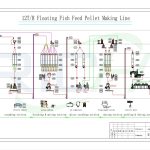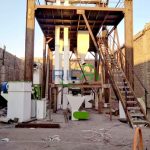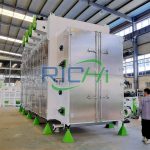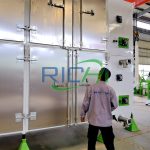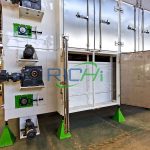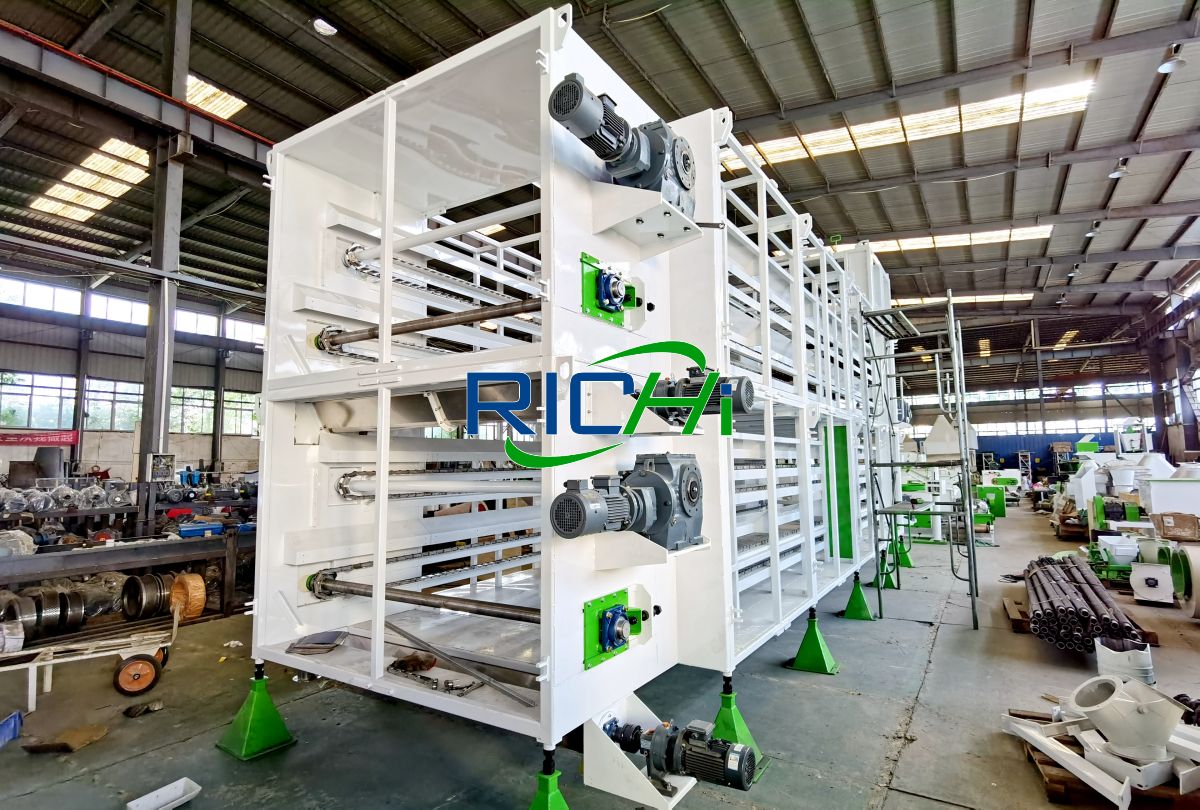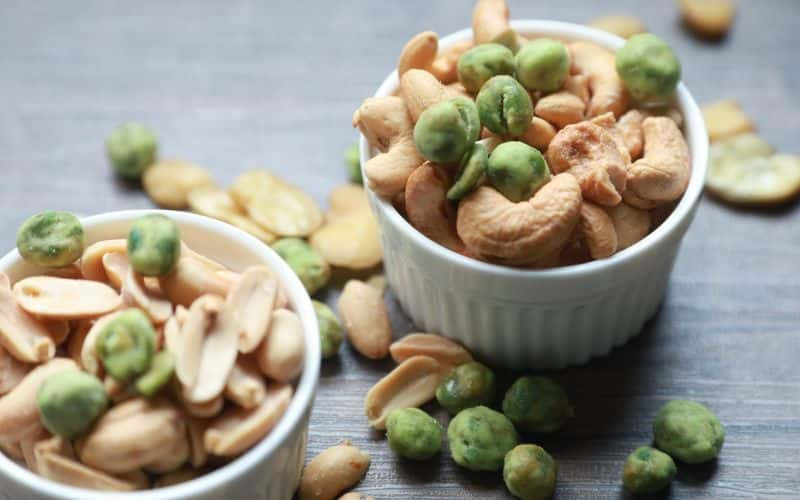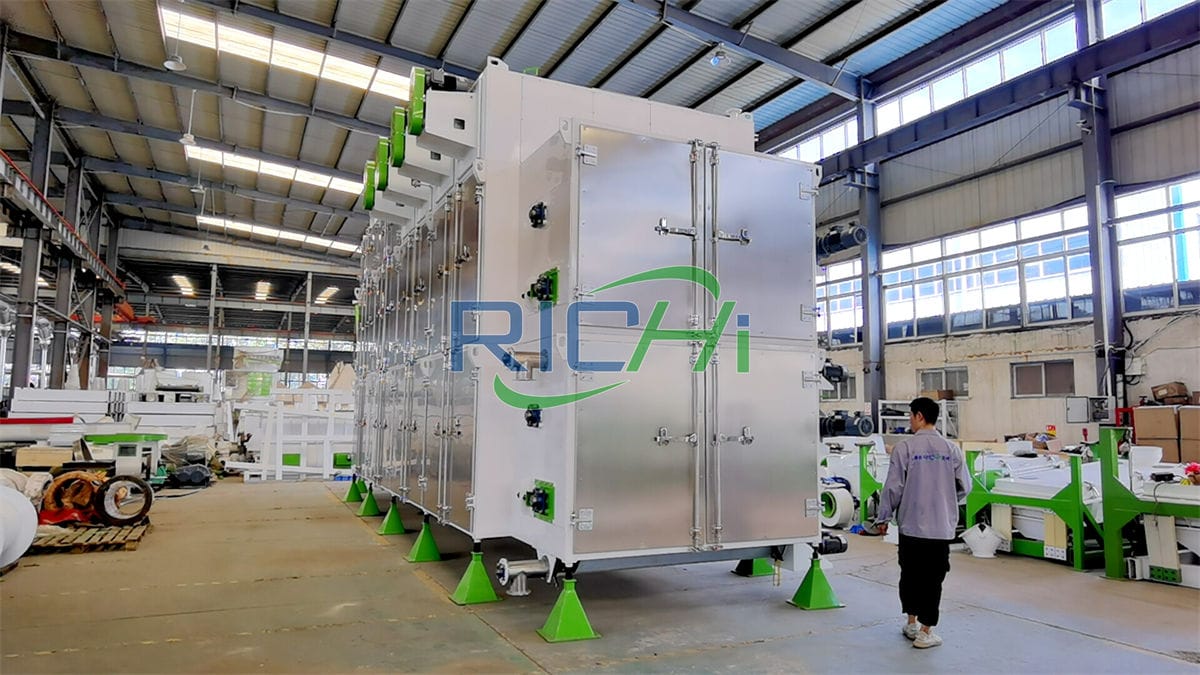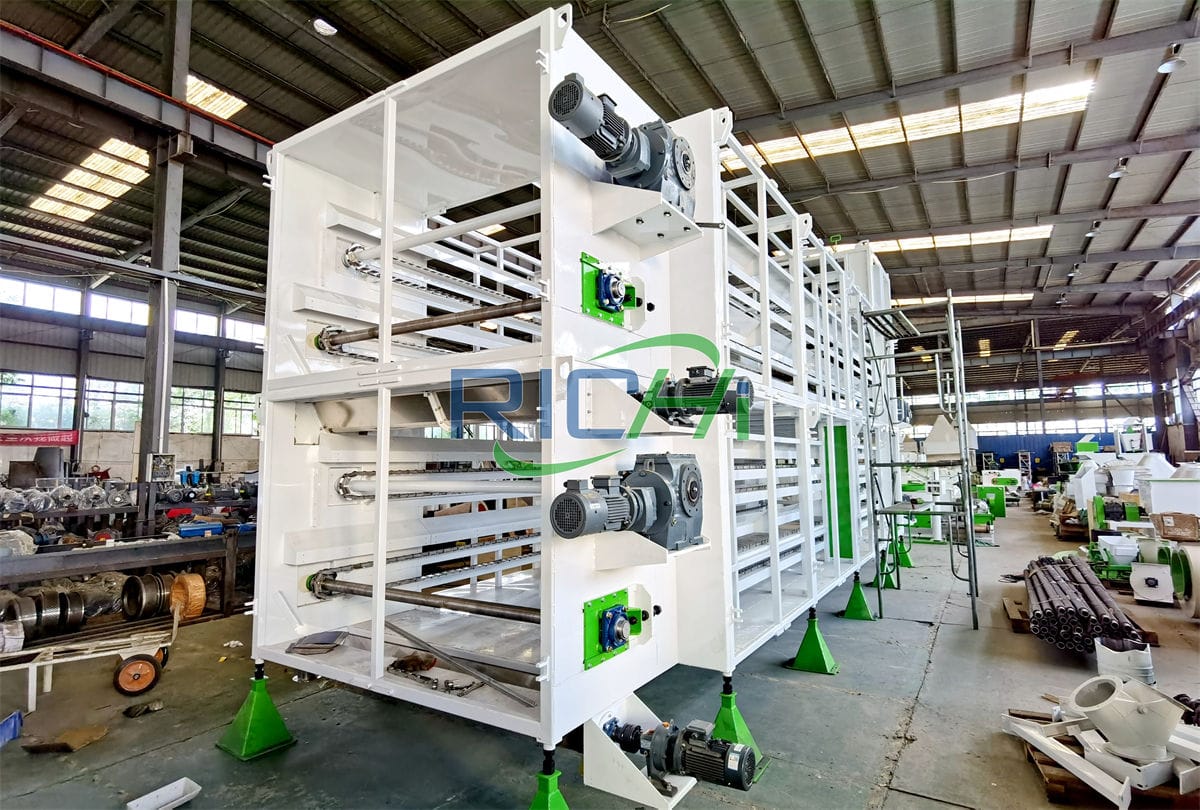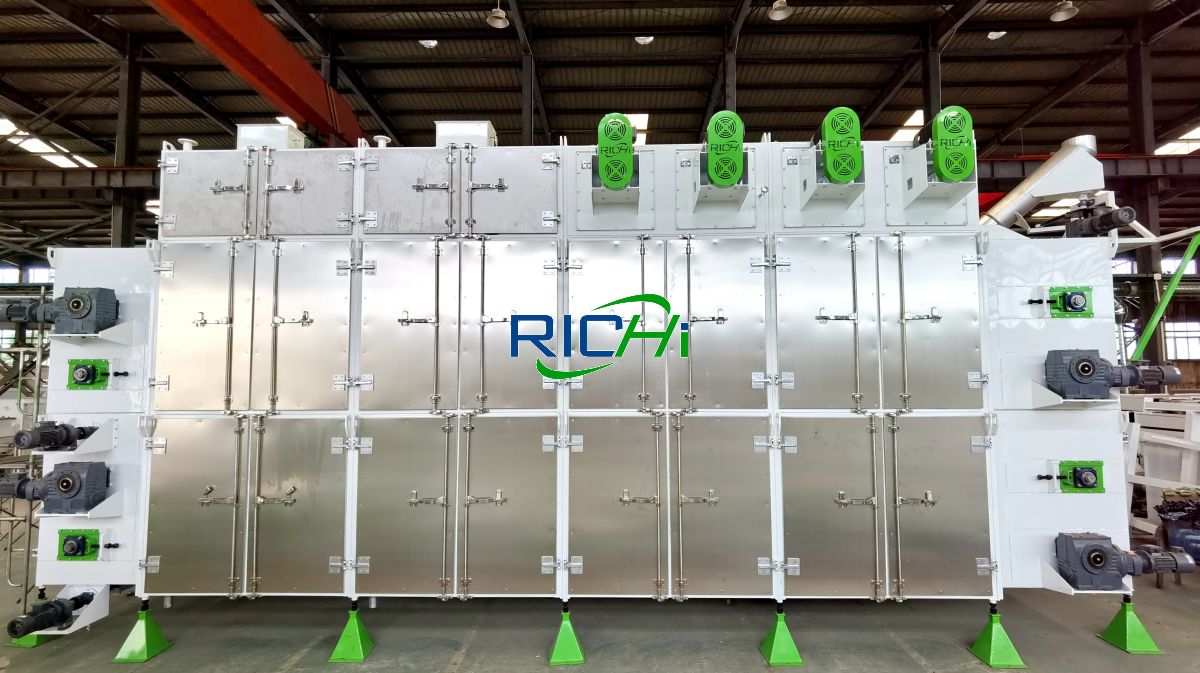In the ever-evolving landscape of food processing, belt dryer machines have emerged as indispensable equipment, playing a crucial role in various stages of food production. These versatile machines offer a wide range of functions that contribute to product quality, efficiency, and safety in food factories. This article explores the diverse functions of belt dryer machines and their significance in modern food processing operations.
Overview of Belt Dryer Machines
Before delving into their specific functions, it’s important to understand what belt dryer machines are and how they operate. Belt dryers, also known as conveyor dryers, consist of a perforated conveyor belt that moves food products through a drying chamber. Hot air is circulated through the chamber, either in a concurrent, counter-current, or cross-flow manner, to remove moisture from the food products.
Primary Functions of Belt Dryer Machines in Food Factories
- Moisture Reduction
The most fundamental function of a belt dryer is moisture reduction. This process is critical for various reasons:
- Preservation: Reducing moisture content inhibits microbial growth, extending the shelf life of food products.
- Texture Enhancement: Controlled drying can improve the texture of certain foods, making them crispier or chewier as desired.
- Weight Reduction: Removing water reduces the weight of products, potentially lowering transportation costs.
- Uniform Drying
Belt dryers excel in providing uniform drying across batches of food products:
- Consistent Quality: Uniform drying ensures that all parts of the product reach the desired moisture level, maintaining consistent quality.
- Prevent Over-drying: The controlled environment helps prevent over-drying, which can negatively affect taste, texture, and nutritional value.
- Temperature Control
Precise temperature control is a crucial function of belt dryers:
- Nutrient Preservation: Controlled temperatures help preserve heat-sensitive nutrients, vitamins, and flavors.
- Texture Management: Different drying temperatures can be used to achieve various textures in food products.
- Color Retention: Proper temperature control helps maintain the natural color of food products during the drying process.
- Continuous Processing
Belt dryers enable continuous processing, which is vital for large-scale food production:
- High Throughput: Continuous operation allows for higher production volumes compared to batch drying methods.
- Efficiency: Continuous processing reduces labor costs and improves overall operational efficiency.
- Consistency: Continuous drying helps maintain consistent product quality across large batches.
- Customizable Drying Conditions
Modern belt dryers offer customizable drying conditions to suit different food products:
- Multi-zone Drying: Different sections of the dryer can be set to different temperatures and air flow rates.
- Humidity Control: Some advanced belt dryers allow for humidity control within the drying chamber.
- Adjustable Belt Speed: The speed of the conveyor belt can be adjusted to control drying time.
- Energy Efficiency
Belt dryers are designed with energy efficiency in mind:
- Heat Recovery Systems: Many belt dryers incorporate heat recovery systems to reuse exhaust air, reducing overall energy consumption.
- Insulation: Proper insulation of the drying chamber minimizes heat loss.
- Optimized Air Flow: Efficient air flow designs ensure maximum heat transfer with minimal energy input.
- Product Handling and Transportation
Beyond drying, belt dryers serve important product handling functions:
- Gentle Product Handling: The conveyor belt system allows for gentle handling of delicate food products.
- Integrated Cooling: Some belt dryers include cooling sections, allowing products to be cooled to the desired temperature before packaging.
- Sorting and Inspection: The belt system facilitates in-line sorting and inspection of products during the drying process.
- Sanitation and Food Safety
Belt dryers contribute significantly to food safety in processing operations:
- Easy Cleaning: Most belt dryers are designed for easy cleaning and sanitization, crucial for maintaining hygiene standards.
- Microbial Control: The drying process itself helps control microbial growth by reducing water activity in food products.
- Allergen Management: Proper design allows for effective cleaning between batches, crucial for allergen management in food factories.
- Versatility in Product Types
Belt dryers can handle a wide variety of food products:
- Fruits and Vegetables: From sliced apples to diced onions, belt dryers can process various fruits and vegetables.
- Grains and Cereals: Ideal for drying rice, oats, and other grains.
- Meat and Fish Products: Suitable for drying jerky, fish flakes, and other protein-based products.
- Snack Foods: Effective in producing dried snacks like vegetable chips.
- Quality Control and Consistency
Belt dryers play a crucial role in maintaining product quality and consistency:
- In-line Moisture Monitoring: Many modern belt dryers incorporate moisture sensors for real-time monitoring.
- Automated Control Systems: PLC-based control systems allow for precise management of drying parameters.
- Data Logging: Advanced systems offer data logging capabilities for quality assurance and traceability.
- Flexibility in Production
Belt dryers offer flexibility that is valuable in modern food production:
- Quick Product Changeovers: The design allows for relatively quick changeovers between different product types.
- Scalability: Belt dryers can be scaled to meet varying production demands.
- Integration with Other Processes: They can be easily integrated into larger production lines.
Related post: https://www.richipelletmachine.com/pet-food-dryer/
- Environmental Control
Belt dryers contribute to environmental control in food processing:
- Dust Control: Proper air flow management helps control dust, improving air quality in the production area.
- Odor Management: Exhaust systems can be equipped with odor control mechanisms.
- Noise Reduction: Modern designs incorporate noise reduction features for a better working environment.
- Product Development and Innovation
Belt dryers facilitate product development and innovation in food factories:
- Experimental Runs: Their flexibility allows for experimental runs of new product formulations.
- Texture Development: Different drying profiles can be tested to develop new textures in food products.
- Functional Ingredient Incorporation: Belt dryers can be used to incorporate and dry functional ingredients into food products.
- Compliance with Regulations
Belt dryers help food factories comply with various regulations:
- HACCP Compliance: Their design and operation can be aligned with HACCP principles.
- FDA Standards: Many belt dryers are designed to meet FDA standards for food processing equipment.
- Energy Efficiency Standards: Modern belt dryers often comply with energy efficiency standards, which is increasingly important in many jurisdictions.
- Cost-Effectiveness
While the initial investment in a belt dryer can be significant, they offer long-term cost-effectiveness:
- Reduced Labor Costs: Automation reduces the need for manual labor in the drying process.
- Energy Savings: Efficient designs lead to lower energy costs compared to other drying methods.
- Reduced Waste: Precise control leads to less product waste due to over-drying or under-drying.
Conclusion
The functions of belt dryer machines in food factories extend far beyond simple moisture removal. These versatile machines play a crucial role in ensuring product quality, safety, and consistency while offering the flexibility and efficiency demanded by modern food processing operations. From preserving nutrients and enhancing textures to facilitating continuous production and ensuring regulatory compliance, belt dryers are integral to the success of many food manufacturing processes.As food technology continues to advance, belt dryers are likely to evolve further, incorporating more sophisticated control systems, improved energy efficiency, and enhanced capabilities for product customization.
Their ability to adapt to changing consumer preferences and regulatory requirements makes them an invaluable asset in the dynamic world of food production.For food manufacturers looking to optimize their drying processes, investing in a high-quality belt dryer can lead to significant improvements in product quality, operational efficiency, and overall competitiveness in the market. As the food industry continues to grow and diversify, the multifaceted functions of belt dryer machines will undoubtedly play an increasingly important role in shaping the future of food processing.
For details please contact: Richi machinery manufacture
WhatsApp:86 138 3838 9622
Email:enquiry@richipelletmachine.com
